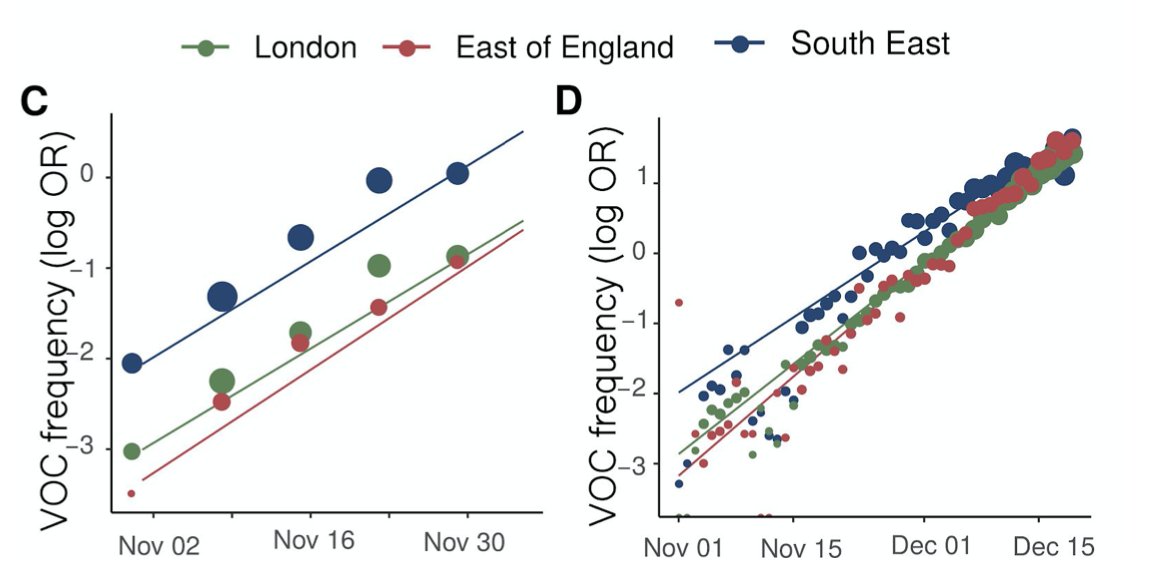
There was a scary story published today in the LA Times about the "California variant" of coronavirus, but the data behind the claims are not yet published. So here's a 🧵about this variant that does have some data in it. 1/N
What's claimed in the newspaper? Well, it sounds pretty bad: "it not only spreads more readily than its predecessors, but also evades antibodies generated by COVID-19 vaccines or prior infection and is associated with severe illness and death" 2/N
That's in the first of six paragraphs of terrifying conclusions, but we then learn the study is, "currently under review by the public health departments of San Francisco County and the state...It is expected to post late this week to MedRxiv" 3/N
I look forward to reading the pre-print when it lands. While we wait, what data do we have? Well, first of all, it is Pango lineages B.1.427 and B.1.429, which share 3 spike mutations (S13I, W152C, L452R), plus a couple other mutations that may or may not be functional. 4/N
L452R has garnered most attention, because it's in the ACE2 receptor binding domain. A quick lit search turns up a mention of resistance to some monoclonal antibodies (sciencedirect.com/science/articl…) . 5/N
But there are lots of papers out now scanning for mutations that affect immune escape (e.g. @jbloom_lab's lovely papers), and L452R is not one of the famous mutations that comes up repeatedly (e.g. E484K). 6/N
More importantly (IMHO), L452R has popped up in various places without growing rapidly, e.g. in California as early as September 2020:
6/N
https://twitter.com/trvrb/status/1351025379671212037?s=20
6/N
And in various little sparks elsewhere in the US:
https://twitter.com/firefoxx66/status/1351224805777944598?s=207/N
And over 150 times in the UK between October and now: 7 are B.1.427 or B.1.429, with the rest spanning 19 different lineages. This is a boring picture that shows we have seen this mutation several times but it has not grown. 8/N 

Of course, the UK has been in lockdown for the second half of that graph, to suppress B.1.1.7, but it was either open, or in "lockdown lite" in the first half, which I think puts some upper limit on increased transmissibility of L452R on its own. 9/N
It may be that something about the combination of mutations in B.1.427 and B.1.429 have different properties, and it may be that the upcoming pre-print has compelling data, but I don't think any conclusions can be drawn at present about this lineage based on press reports. 10/10
• • •
Missing some Tweet in this thread? You can try to
force a refresh







